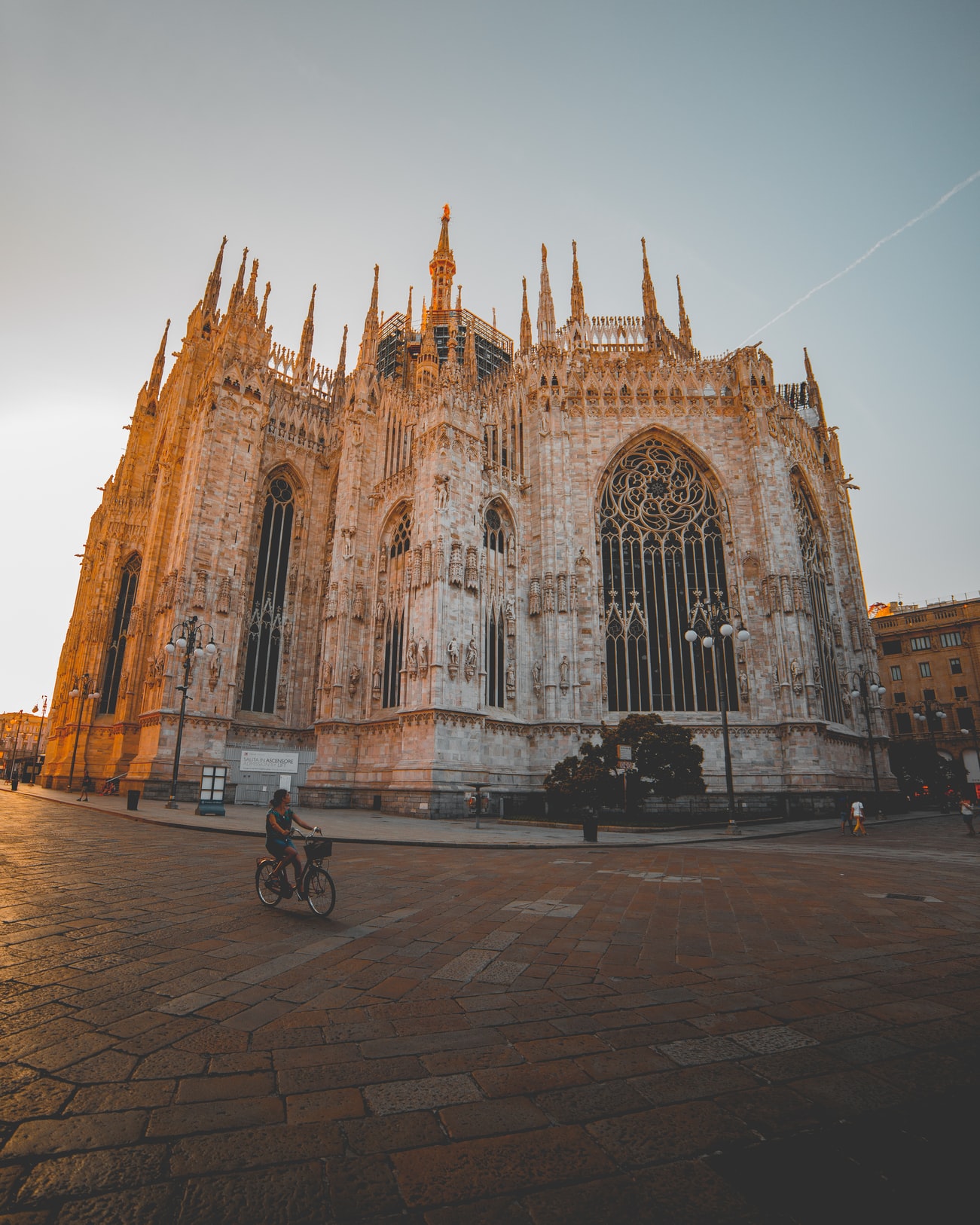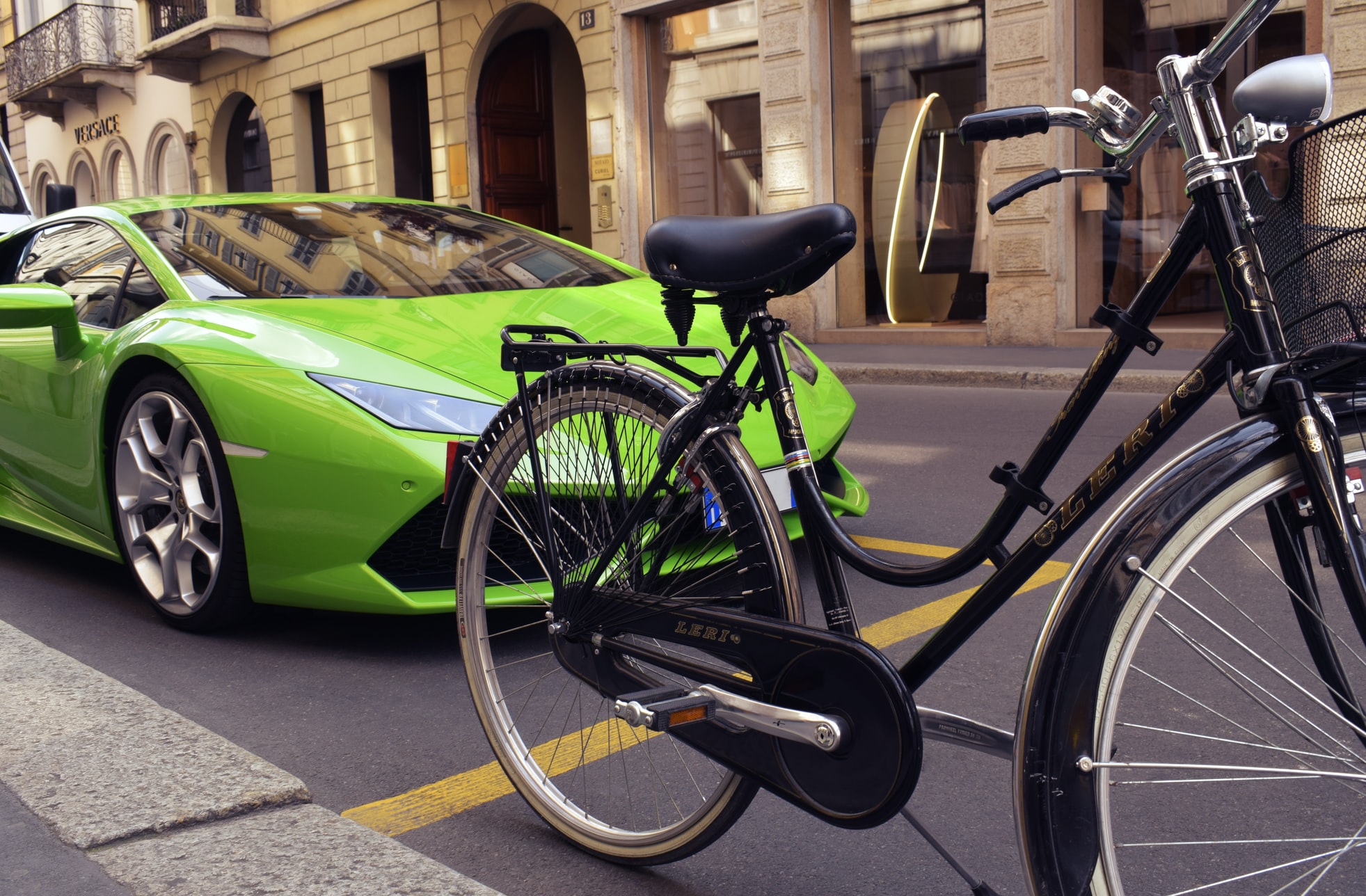
- Inspiring People -
- 2mins -
- 615 views
Milan to turn 35km of streets over to cyclists and pedestrians to reduce car use after lockdown
The Coronavirus-hit Lombardy city is set to introduce one of Europe’s most ambitious schemes, reallocating 35km of street space from cars to cycling and walking, in response to the coronavirus crisis.
Milan announces ambitious scheme to reduce car use post-lockdown
Milan, the Lombardy city hard-hit by coronavirus, announced this week it is set to adopt one of Europe’s most ambitious schemes to reduce car use post-lockdown. In accordance with the new scheme, the city has declared that 35km of streets will be transformed over the summer with a rapid, experimental citywide expansion of cycling and walking space.

Milan to turn 35km of streets over to cyclists and pedestrians
The northern Italian city of Milan is set to introduce a new scheme of road traffic reallocating street space from cars to cycling and walking. The move is one of the most ambitious schemes in Europe and will be implemented in response to the Coronavirus crisis.
Milan has been one of Europe’s most polluted cites in recent times. However, in light of the nationwide lockdown, motor traffic and congestion in the city dropped by between 30-75%, and air pollution along with it.
In accordance with the new scheme, the city has announced that 35km (21.75 miles) of streets will be transformed over the summer with a rapid, experimental citywide expansion of cycling and walking spaces to protect residents as the restrictions are lifted.
Important inclusions in the new move include low-cost temporary cycle lanes, new and widened pavements, 30kph/20mph speed limits, and pedestrian and cyclist priority streets. The locations currently chosen for the scheme include low traffic neighbourhood on the site of the former Lazzaretto, a refuge for victims of plague epidemics in the 15th and 16th centuries.
Milan is a small dense city, 15km/9.3 miles from end-to-end, with a population of 1.4 million people. About 55% of them use public transport to get to work and the average commute is less than 4km. This makes the city a suitable choice for a possible switch from cars to active modes of transportation.
Source: News18

Mayors office wants to “reopen the economy but… on a different basis from before.”
The Strade Aperte plan includes low-cost temporary cycle lanes, new and widened pavements, 30kph (20mph) speed limits, and pedestrian and cyclist priority streets. The locations include a low traffic neighbourhood on the site of the former Lazzaretto, a refuge for victims of plague epidemics in the 15th and 16th centuries.
Marco Granelli, a deputy mayor of Milan, said: “We worked for years to reduce car use. If everybody drives a car, there is no space for people, there is no space to move, there is no space for commercial activities outside the shops.
Of course, we want to reopen the economy, but we think we should do it on a different basis from before.”
“We think we have to reimagine Milan in the new situation. We have to get ready; that’s why it’s so important to defend even a part of the economy, to support bars, artisans and restaurants. When it is over, the cities that still have this kind of economy will have an advantage, and Milan wants to be in that category.”
Source: TheGuardian

